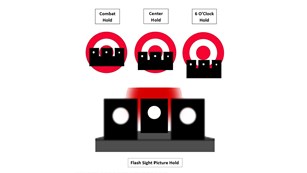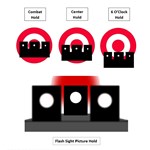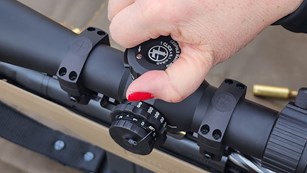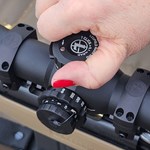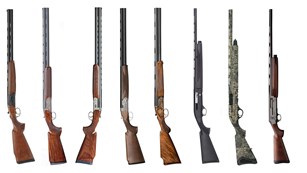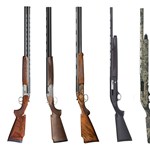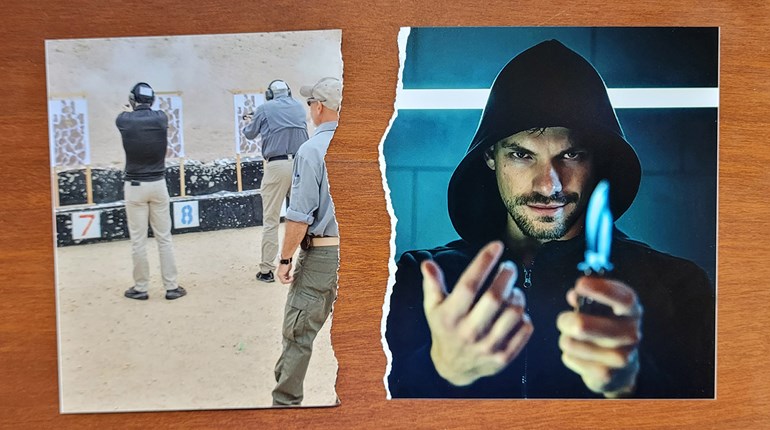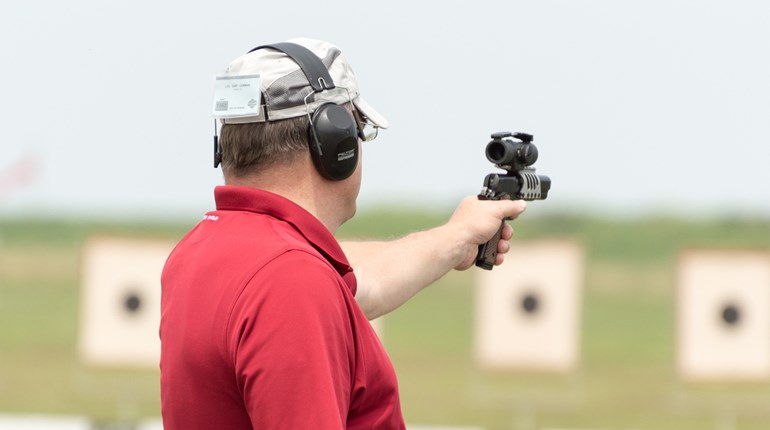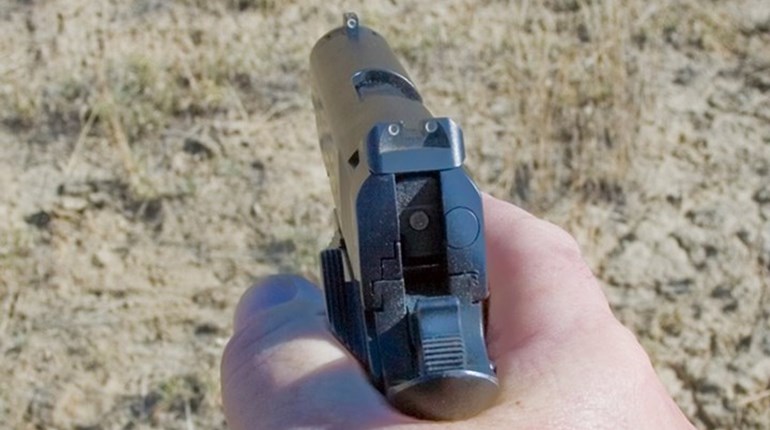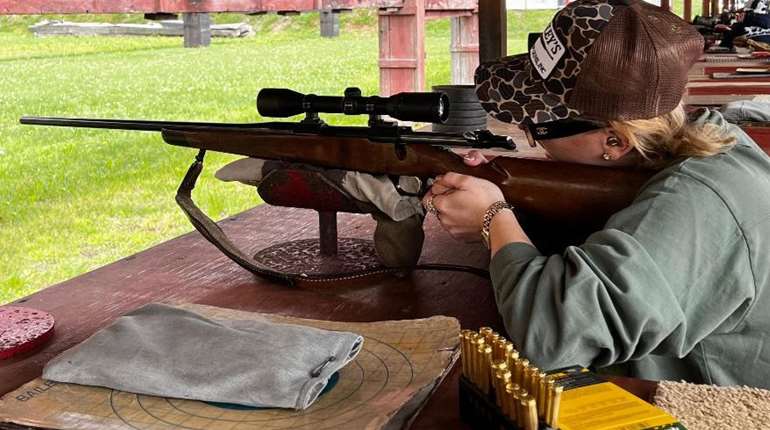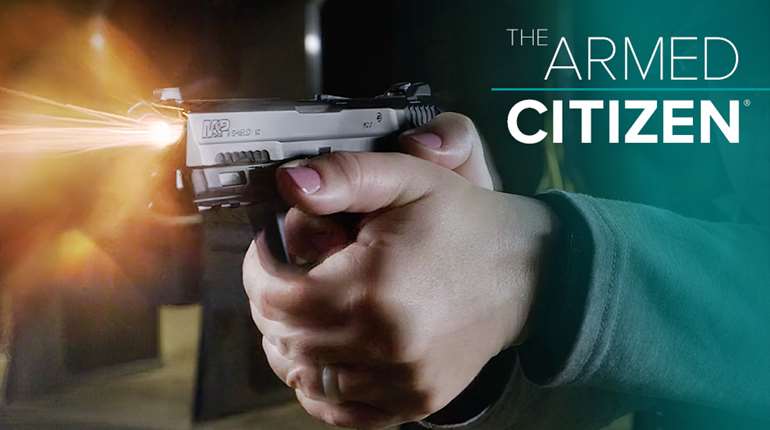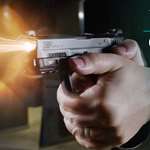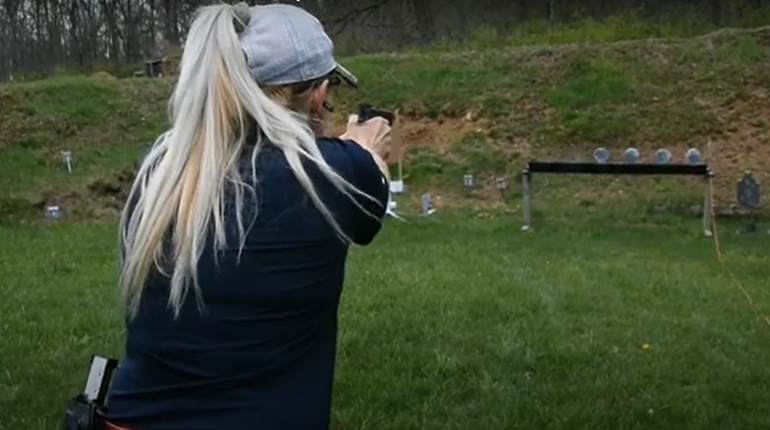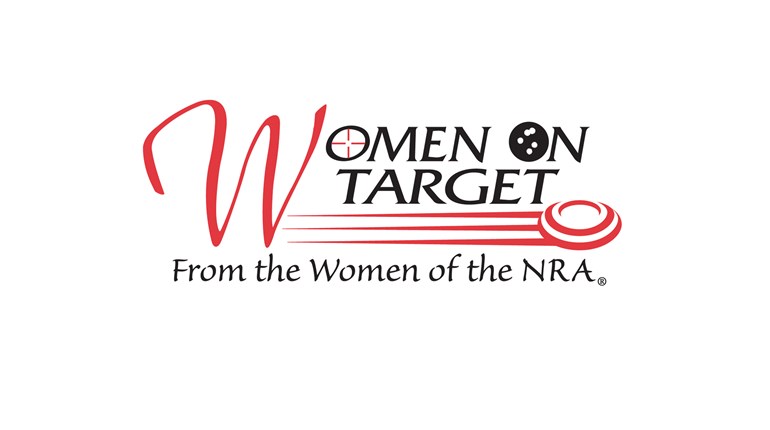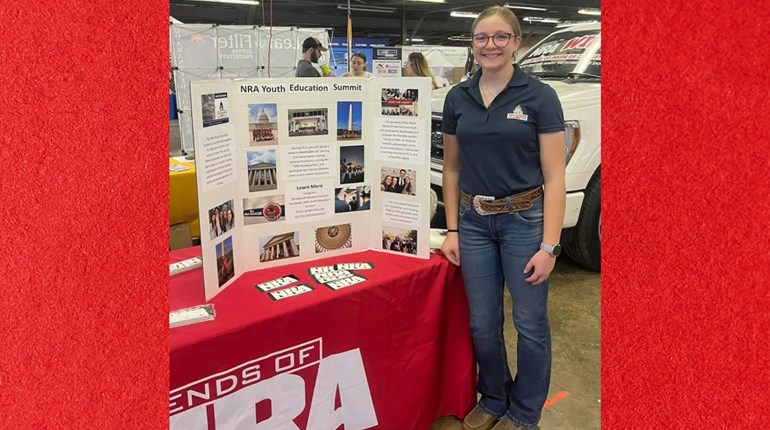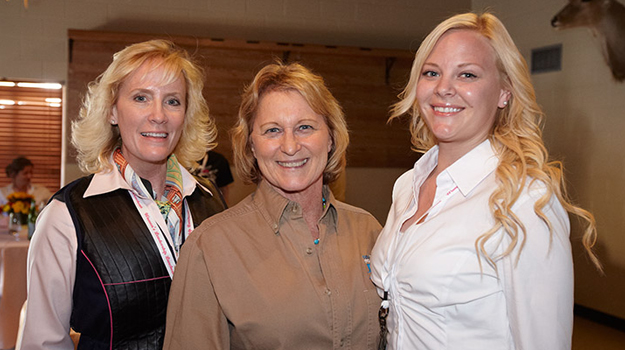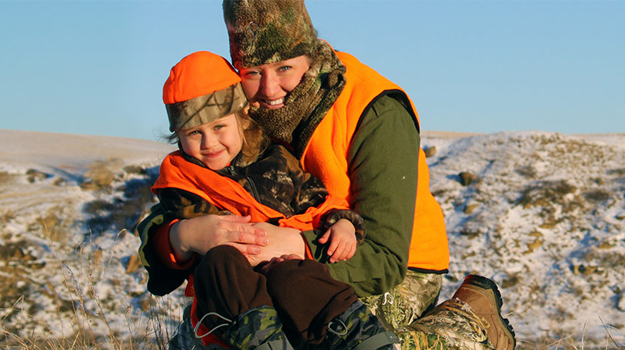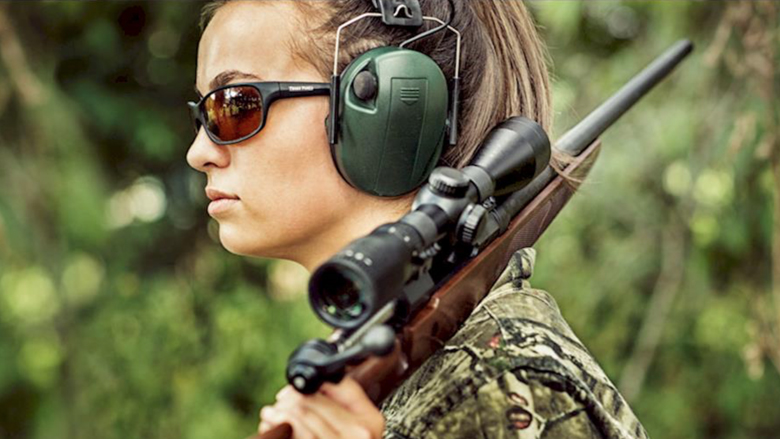
I met a student at the range one day who really impressed me. He chose a Sig Sauer P365 as his first handgun, and I could tell he did a lot of research on it. He knew the parts of the gun, how to load the mag and all the NRA rules for safe gun handling. After some instruction on proper grip and stance, he fired away. We looked downrange, looked at each other in disbelief and then looked downrange again to confirm ... he didn’t hit the paper once!
During my review of pistol shooting basics, we discovered he did not completely comprehend proper sight alignment and sight picture. He did some self-assigned research that night and watched a few YouTube videos on the topic. He followed up with me a few days later and texted me a picture of his target. He didn’t just hit the paper; his shot pattern was great!
Importance of Sight Alignment
If you’ve ever picked up a gun, you know that aiming is accomplished using the gun’s sights. Proper sight alignment is of the utmost importance if you want to hit what you’re aiming at, pure and simple. Sight alignment refers to the proper positioning of the shooting eye, the front sight and the rear sight in relation to one another. With the notch-and-post system on most pistols, proper sight alignment occurs when the front post is centered in the rear notch. The top of the front sight must also be level with the top of the rear sight.
Sight picture refers to the relationship between the gun’s properly aligned sights and the target. In traditional bullseye target shooting, the aligned sights are placed at the 6 o’clock position in relation to the bullseye.
Sight Alignment Mistakes and How to Correct Them
- Shot pattern below bullseye: front sight is too low
- Shot pattern above bullseye: front sight is too high
- Shot pattern to the right of bullseye: front sight to the right
- Shot pattern to the left of bullseye: front sight to the left
To fix these errors, follow these steps:
- Make sure you are focusing on the front sight of the gun.
- Don’t look downrange at the target.
- Don’t focus on the back sights.
- Double check—is the front sight crystal clear and level with the back sight?
- If you have proper sight alignment, the back sights and the target will be blurry.
- Place your front sight over the bullseye on the target that you want to hit.
About the Author: Maureen Sangiorgio is an NRA Certified Firearm Instructor/Range Safety Officer. She can be reached directly at maureenwriter.com.






